In the age of digital enlightenment— when we’ve got more ways to engage than ever — why are we often tongue-tied? Especially in the business world, a simple communications plan template can help you fortify your operations. But before we explore how to build your plan and share a communications plan template that makes the process foolproof, we’ll start with a definition.
What is a communications plan template?
A survey of over 400 large companies found they lost, on average, $62.4m every year due to poor communication between colleagues.
But apart from the financial impact, there are several other reasons why effective communication is so important.
Here are 5 key reasons why we should all be continually trying to improve our communication skills at work:
1. Reducing information silos
Without effectively planning and managing your communications, it’s easy for information to become siloed.
This can be due to a lack of understanding about what can be shared.
When information is sensitive, people may be uncertain about who else knows it and who they’re allowed to share that information with. This reduces opportunities for sharing ideas and task collaboration.
Assumptions may be made about who else already knows something due to their role or seniority. This can lead to knowledge gaps and reduced productivity.
Offering clarity about when and with whom information can be shared can be extremely important in making sure things are communicated effectively.
2. Increasing employee engagement
Good communication is vital for helping employees remain interested and engaged in issues affecting the business.
Open and transparent employee communication from organizational leadership also helps to develop a culture of maturity and trust.
In trusting employees with information when times are more challenging and celebrating with them when things are positive, business leadership positions employees as partners in their success.3. Growing a feedback culture
Establishing a workplace that values trust and transparency enables greater learning opportunities.
Developing mechanisms for sharing both positive and developmental feedback can have a significant impact on organizational success.
Positive feedback from managers reinforces employee engagement. A recent study by Gallup found that line manager effectiveness accounted for 70% of employee engagement variances.

Plus, building 2-way opportunities for feedback means employees can raise concerns and offer ideas and solutions to things they can see aren’t working on the shop floor. That isn’t possible if they can’t trust how it’ll be received by managers.
Even when there’s little to be learned from employees’ issues, simply creating an opportunity for them to feel “heard” can positively impact the employee experience.
4. Building shared understanding
Good communication skills help build a shared understanding of goals and expected outcomes.
An essential communication skill is active listening, which involves listening to information and reflecting back on what you’ve heard.
Reflecting back is important as it ensures nothing is “lost in translation.” It’s an opportunity for whoever is sharing the information to check that what they said and what was actually heard match up.
This reduces the likelihood of misunderstanding and having to fix mistakes further down the line.
Plus, repeating information aloud helps cement it in your brain, which is good if just remembering where you parked your car feels like a daily challenge.
5. Influencing stakeholder behavior
Effective and well-planned communications can have a significant influence on stakeholder behavior.
Both the message and the way it’s delivered can act to persuade those receiving it. This is most obviously seen in marketing communications—such as email marketing— that work to convince consumers that a particular product or service can fulfill their needs.
Good internal comms can motivate or galvanize employees to support a change being made by the organization.
For example, reminding them of current pain points and painting a picture of how this change will act to remove them.

Are internal and external communication different?
Ultimately, communicating internally or with external stakeholders requires many of the same skills. However, there are a few extra considerations when communicating externally.
Firstly, remember that external stakeholders may not understand the jargon or acronyms that would be familiar to internal staff. Make sure to spell out acronyms to avoid confusion.
You should also be conscious of any cultural considerations when working with external stakeholders.
Understanding details like preferred communication methods and whether a more formal or informal approach is appropriate goes a long way to building effective external relationships.
Active listening is particularly important when working with external stakeholders and communicating virtually, as both of these elements increase the risk of miscommunication.
Structuring an effective communication plan
Let’s start with a simple definition of a communication plan.
A communication plan is a plan for how you effectively share information with stakeholders to inform, engage, or prompt action.
Communication planning is important in both normal business operations and in times of crisis or significant change.
What are the main elements of a good communication plan?
A good communication plan covers 5 main things:
- Audience: who am I addressing my communications to?
- Message purpose: what is the goal of this communication?
- Delivery method: how am I going to reach people?
- Schedule: when am I planning this communication for?
- Measures of success: how will I know if this communication has been successful?

How monday.com supports effective communication
If you’ve landed on this article, you probably know that monday.com can do a lot more than help you create a communications plan.
Though, if you do need one, we’ve got a great communications plan template to get you started.
a Work OS, monday.com helps you create workflows within and between organizational functions that build relationships and support effective collaboration.
With fully customizable building blocks, monday.com lets you get work done in a way that works for you and your team. Our platform is colorful, easy-to-use, and scalable to your needs.
Let’s look at how you might put us to work.
Audience
The first step in a good communication plan is knowing your potential audiences. Who are you trying to reach with your messaging? This might be internal staff groups, the C-suite, project stakeholders, or your customers.
Completing a stakeholder analysis can be a good first step in identifying that audience. The monday.com stakeholder register lets you store information about key stakeholders.

You can note their level of interest in the work being done and allocate them a status based on their current and desired engagement level.
This can clearly indicate those people who might benefit from a more targeted level of communication.
If you’re leading marketing or sales teams and focused externally, you can use the monday.com CRM to see where your customers are in the customer lifecycle.
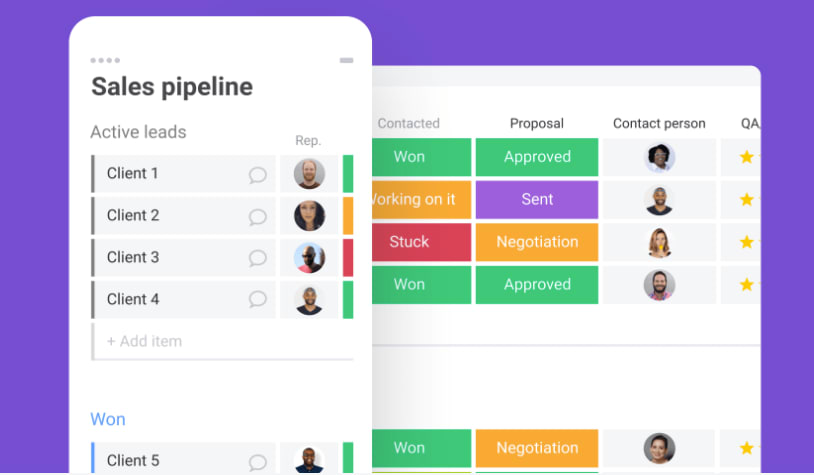
This can help you plan communications to nudge prospective customers along and get closer to making a purchase or help with the retention of current customers.
Message purpose
As you identify your target audience, it should clarify the purpose of the message.
Are you informing the business about project progress? Are you persuading customers to choose your product or service over rivals?
Setting objectives for each communication is smart.
Literally.
It helps you focus on what you want people to do or think about differently after they’ve heard what you have to say.
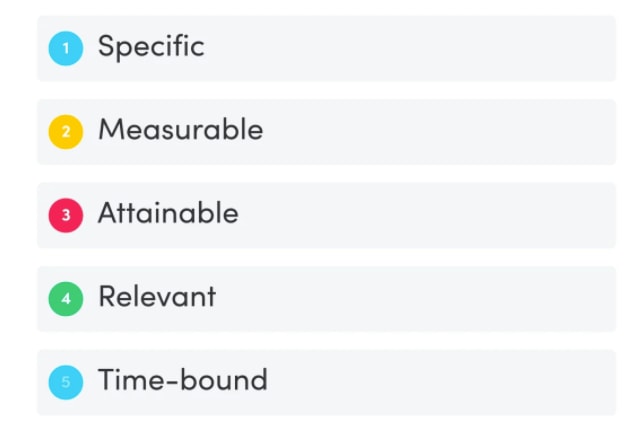
Using SMART goals focuses the communication effort and enables its effect to be measured.
Delivery method
This is the nuts and bolts of your planning. How are you going to get your message out there? What media types are you going to use, and which channels?
You’ll need to consider whether to use push or pull communications and whether to use rich or Lean media.
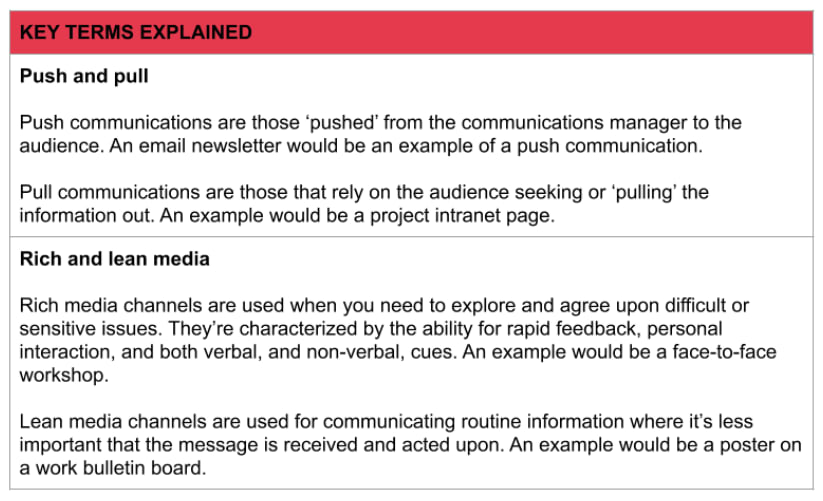
monday.com is ideally placed to deliver both push and pull communications using either rich or Lean media to suit your audience.
Need to agree on a project goal? You can use our in-platform collaboration tools to view, share, and annotate documents, use @tags to bring team members into the conversation, and communicate on tasks in real-time.
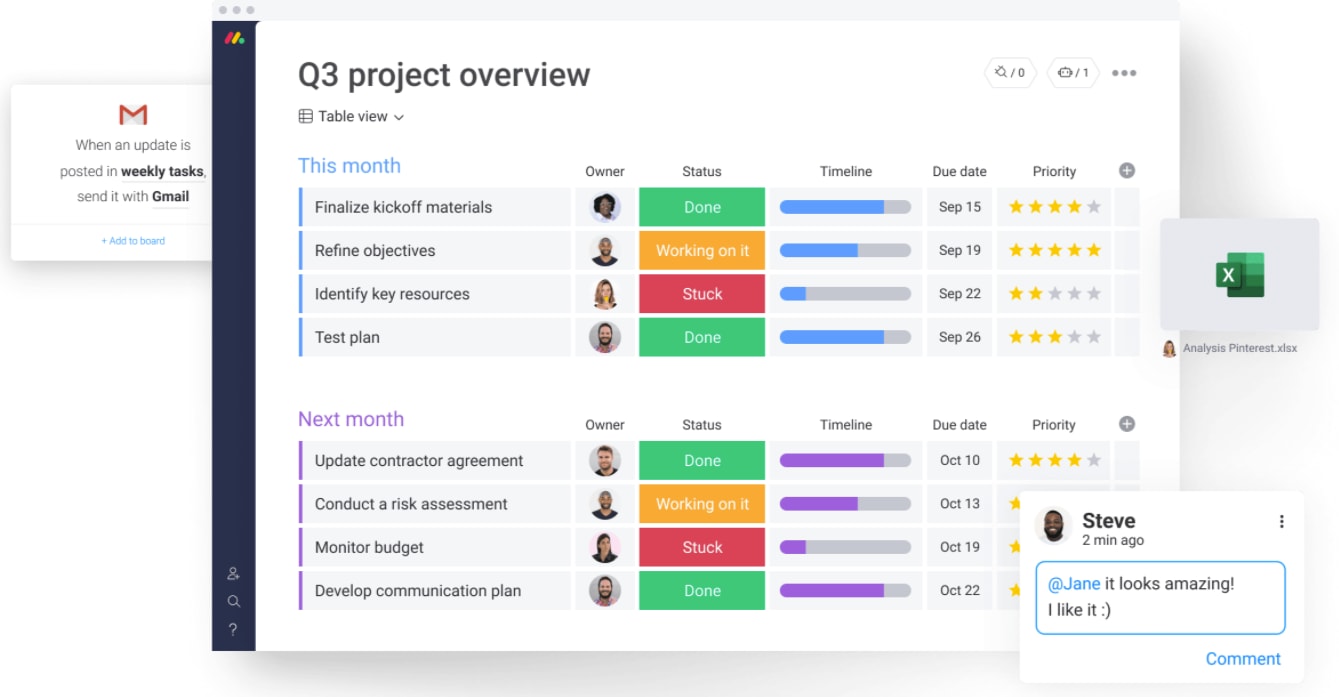
Want to generate a monthly performance report for leadership? Our Work OS pulls information from across the business into straightforward, attractive presentations.
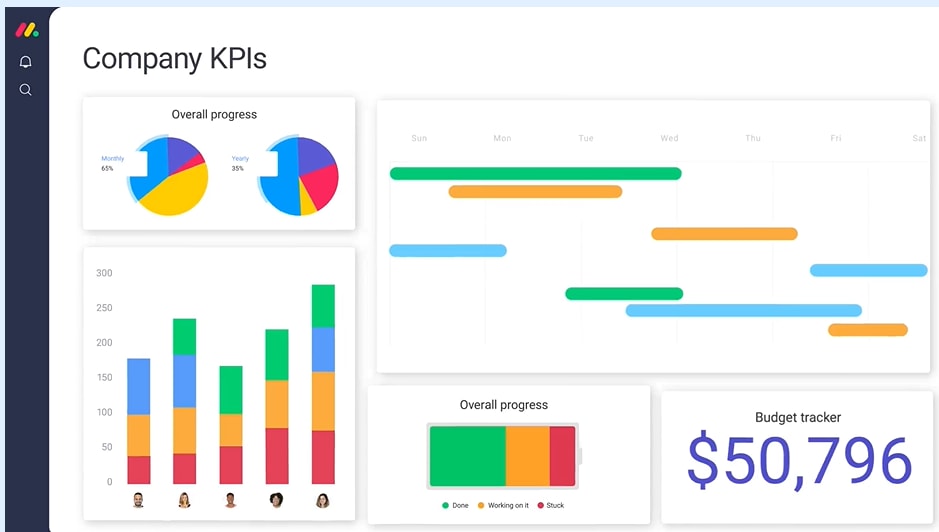
Plus, monday.com integrates with over 40 other applications. You can sync up with your favorite communication channels or tools and carry on conversations where you left off.
If you’re more concerned with generating content for an external audience, we’ve got you covered too. Templates, like our content calendar, help you to map out and schedule upcoming communications to try and move your prospects down the sales funnel.
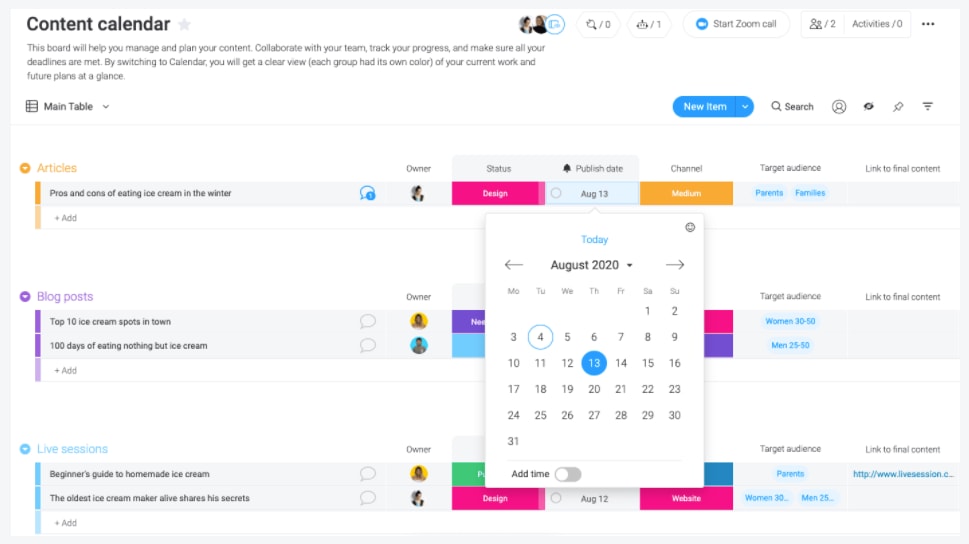
Scheduling
Speaking of scheduling, it’s essential to time your communications so that your audience isn’t overwhelmed by several messages at once or left in information purgatory.
When deciding when to schedule communications, go back to your purpose.
Is this a regularly planned communication to share information? Are you updating project stakeholders due to a change in status? Is this an ad-hoc communication seeking feedback from employees on an upcoming change?
monday.com has a number of automation recipes that can help schedule communications for any of these reasons.
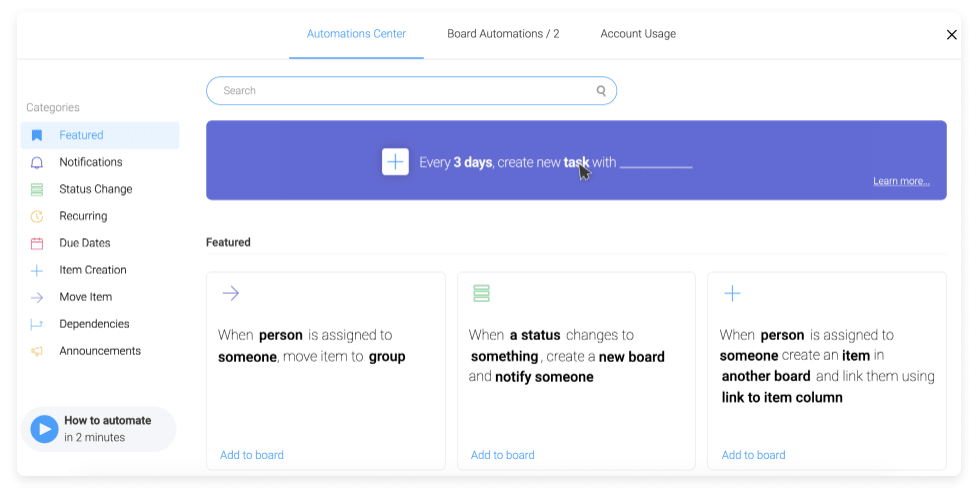
For example, a change in task status could prompt stakeholders to review the project website for updates.
Or, after a certain time period, your sales team could be prompted to reach out to current prospects with a promotional voucher to try and convert them to customers.
Measuring success
The monday.com platform keeps a history of your communications in one place, so you have a record of what messages you’ve already shared, with whom, and their type and content.
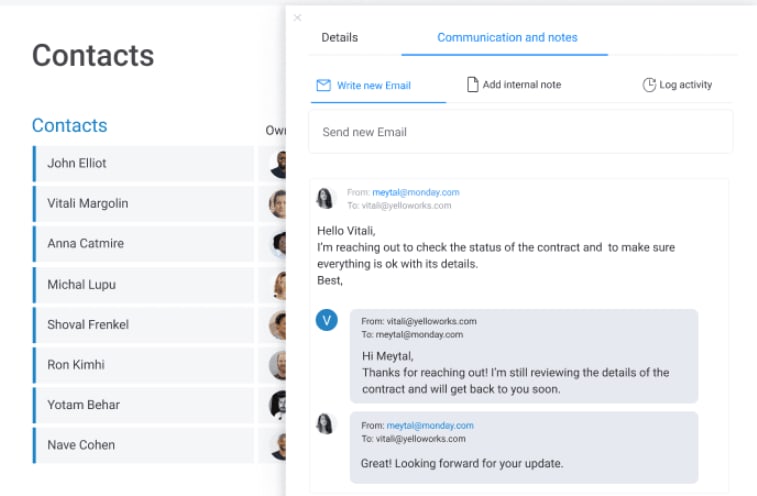
By tracking the effect of communications against their planned objective, you can begin to evaluate how impactful they were and what you might want to try next.
For example, by following the lead conversion rate after a social media marketing campaign, you can assess whether the communication effort was worth the return.
For more information on all things communication, check out our 2021 Guide to Communications Management.
Invest in a plan that keeps your communications on track
In this article, we’ve looked how you can create a strategic communication plan
We also explained the 5 key elements of an effective communication plan, so the way you reach your audience is more structured strategy and less silly string.
Now you’ve nothing left to fear, why not get started with our project management communications plan template?
